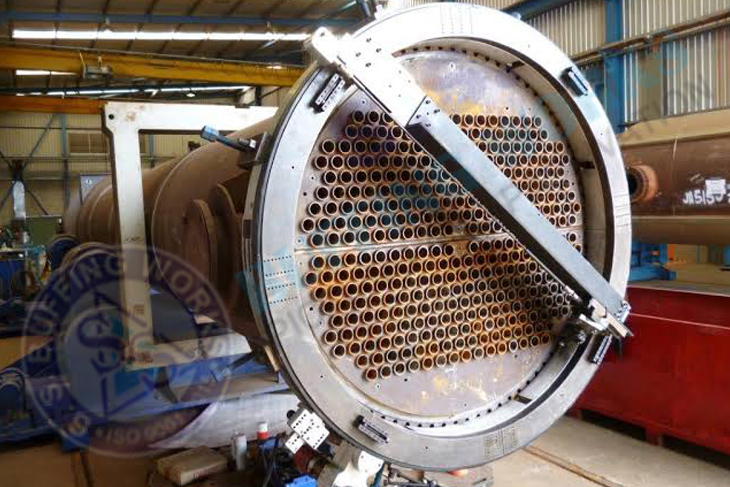Metal Surface Treatment involves processes that create thin films of sulfide and oxide by means of a chemical reaction. Typical uses are for metal coloring, corrosion protection, and priming of surfaces to be painted. Black oxide is a very common surface treatment for steel parts and “passivation” is used to remove free iron from the surface of stainless steel parts.
This process requires the part to be dipped into dissolved tin, lead, zinc, aluminum, or solder to form a surface metallic film. Hot-dip galvanizing is the process of dipping steel into a vessel containing molten zinc. Used for corrosion resistance in extreme environments, guard rails on roads are commonly processed with this surface treatment.
“There are several steps included in the metal surface treatment process. The first step is cleaning where the mill oils and stamping compounds are removed. This is followed by a cleaner rinse and then onto a conversion coating stage of either iron or zinc phosphate. There is a rinse after the phosphate stage, which is normally followed by an inorganic-organic sealer. The final step is rinsing with pure water like de-ionized or reverse osmosis water.”
The surface films used in chemical conversion coatings are formed by a means of a non-electrolytic chemical reaction that occurs between the metal surface and solution. They are adherent, inorganic crystalline or amorphous films. For the metal surface treatment to form a protective film, the base metal needs to be converted to the one of the components that is less reactive to corrosion than the original metal surface.
